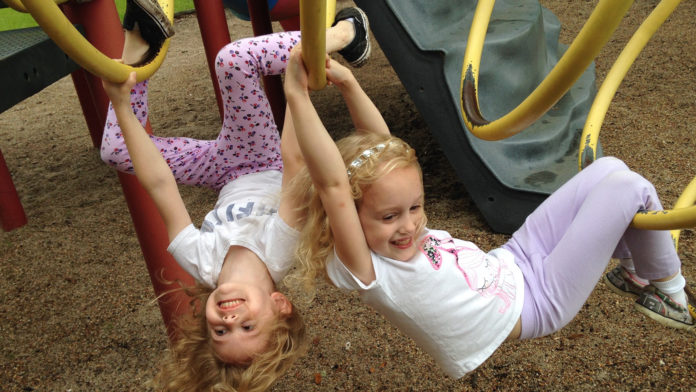Think back. Way back to your earliest memories. To the ones that you know are purely yours: uncontaminated by photo evidence or retelling by friends or family. If you can’t remember back to being an infant, or even a toddler, that’s actually very normal.
Children are very capable of forming memories: ask any toddler about their trip to the zoo last week, and they will likely chatter away with detailed and accurate stories of the animals they saw. But if you keep asking, a day will come when the memory of the trip will abruptly vanish. A dramatic loss of early childhood memories happens around the ages of 3-7.
This doesn’t mean that children forget skills they learned, such as how to read or how to walk, but they may forget exactly how they learned those skills.
Our awareness of childhood amnesia, or the rapid loss of childhood memories, is nothing new. However, we are only now beginning to understand the neurological basis behind it.
Learning new things might break old connections
The hippocampus, a curved structure deep in the brain, is central to storing experiences as memories. Brain cells called neurons are responsible for making these connections, and new neurons are made in a process called neurogenesis.
During infancy, when children are rapidly learning about the world around them, neurogenesis is also relatively quick when compared to rates later in life. Increased neurogenesis in rodents has shown positive effects on learning.
Paul Frankland and Katherine Akers, researchers from the University of Toronto and the Toronto Hospital for Sick Kids, took a slightly different spin on these experiments: as new memories formed, they wondered what would happen to the memories that had already been stored.
Through mild electric shocks in a particular place, groups of mice learned to fear that location, freezing in place when they were near it. Those same mice were then split into two groups, and half were given running wheels to get more exercise, which is known to boost neurogenesis. When tested later, the running wheel group was more likely to forget about the shock location.
Similarly, infant mice were tested in the same way, except that one group was given a drug known to slow down neurogenesis. The infant mice who were not given the drug, and therefore had the higher normal rate of neurogenesis, were also more prone to losing their memory of the shock location.
This all suggests that as new memories form, older memories are lost.
Also, the naturally high rates of neurogenesis in childhood, especially as the brain restructures into a more adult configuration, destabilize memories faster than in adults.
Emotionally important memories are harder to break
Memories with emotional significance, such as injuries or traumas, or the birth of a sibling, tend to be harder to forget. Carole Peterson, professor of psychology at Memorial University of Newfoundland, tested this by interviewing children after trips to the hospital emergency room. To capture an accurate and comprehensive version of events, adult eyewitnesses were also interviewed.
Unlike typical mundane events, physical injuries are emotionally charged, and can often come with a cohesive story to describe what happened, which also makes memories stronger.
In the immediate interviews, children recalled the events leading to their injuries at an accuracy of 97% when compared to the versions given by the adults, dropping to only 91% five years later. Even ten years later, the memories were still retained at an accuracy of 85%.
Surprisingly, over time, the children interviewed were also sometimes able to recall the events in even greater detail, for instance including a more specific location than they had previously given.
Adults can help young children form a lasting memory
When an event is important, an adult can help a young child make a more lasting impression by fleshing out a good story. Peterson suggests starting with details like a time and place to give the event context, and then talking through a cohesive series of events. The more the story makes sense as a sequence, the easier it will be to recall.








































